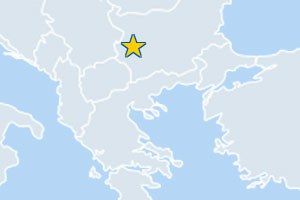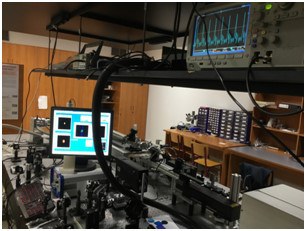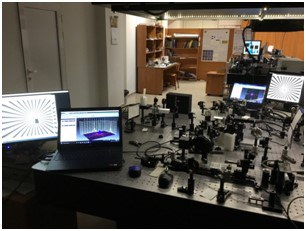Sofia University (Sofia, Bulgaria)
Research highlights
Sofia University
Department of Quantum Electronics, Bulgaria
http://quantum.phys.uni-sofia.bg/
Contact:
Prof. Alexander Dreischuh
Asst. Prof. Nikolay Dimitrov
In some of the analyses we study modifications of inverted field interferometers/autocorrelators for measuring the magnitudes and signs of the topological charges of optical vortices, for measuring/eliminating pulses front tilt of femtosecond pulses, and for generating long-range femtosecond Gauss-Bessel beams.
Recently, a realignment-free switching between interferometric and intensity autocorrelation is demonstrated by using a vortex phase plate. Optical schemes for controllable beam splitting of laser beams in ordered arrays of focal peaks by large lattices of optical vortices are developed.
Expertise


We are working on alternative femtosecond pulse characterization techniques to determine/elliminate specific spato-temporal distortions like pulse front tilt and spatial phase dislocations [Optics Communications 371, 51-58 (2016); Optics Communicatons 456, 124530 (2020)]. In this context, we are theoretically modeling and testing experimentally autocorrelation schemes combining classical and singular optics [Optics Communications 504, 127493 (2022)]. We are also interested in the dynamics of highly-charged optical vortices in mono- and polychromatic laser fields for e.g. Gauss-Bessel beam generation [Scientific Reports 10, 21981 (2020); Optics Express 29, 10997-11008 (2021)] and for a controllable focal beam structuring [Scientific Reports 9, 9:2128 (2019); Optical and Quantum Electronics 54, 34 (2022)]/recombination of femtosecond beams/pulses. The research team has some experience in high harmonics generation in a gas-filled hollow fiber achieving up to the 29-th harmonic of the 800nm radiation of a Ti:Sapphire laser system [Bulg. J. of Physics 44, 99-108 (2017)]
Other information
In April 2022 a new sub-7-fs CEP-stabilized laser oscillator will be available.

